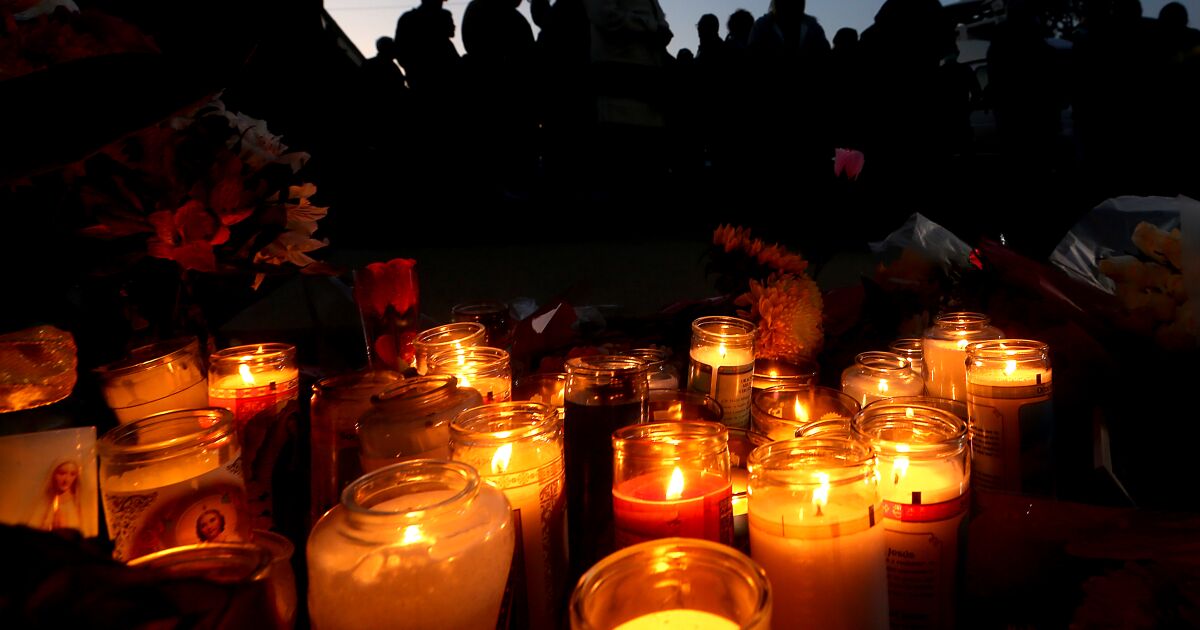A woman reads her electric bill
A typical household energy bill will rise in April – but predictions of subsequent declines could prompt the return of competition and customer switching.
Currently, a government guarantee caps the annual gas and electricity bill for an average home at £2,500, along with an additional £400 rebate.
That cap will rise to £3,000 in April, but forecasts suggest the limit will soon become obsolete.
Analysts at Cornwall Insight say a typical bill will fall back to £2,153 in July.
The energy consultancy expects that the annual accounts of an average household will remain around this level for the rest of the year.
“Unfortunately, while forecasts for falling caps are positive, already congested households will see little benefit ahead of July,” said Craig Lowrey, principal adviser at Cornwall Insight.
However, he said the conditions could result in the “return of competitive tariffs” later in the year and with it a chance for consumers to “take back some control of their energy bills”.
Investment firm Investec has also issued very similar forecasts to Cornwall Insight – pointing out that the falls mean the total bill imposed on the government to subsidize energy bills will be lower than previously expected.
The past few weeks have seen a sharp fall in wholesale gas and electricity prices, raising hopes that the worst of the energy crisis may be receding.
How price caps work
A large majority of UK households have a variable or standard tariff for gas and electricity. The price per unit of energy is capped in England, Wales and Scotland to a level deemed reasonable by energy regulator Ofgem. The upper limit is set every three months.
The huge costs faced by suppliers meant a household consuming a typical amount of gas and electricity would have been paying £4,279 a year as of early January.
So the government stepped in to help cover some of those costs for people across the UK. Its energy price guarantee means the typical household now pays £2,500 a year, rising to £3,000 a year in April.
That’s still a massive increase in the bills people were used to. In winter 2021/22 the typical annual bill was £1,277.
Additional living expenses primarily help the most vulnerable with these higher costs.
Energy bill graph
Don’t miss interesting posts on Famousbio










